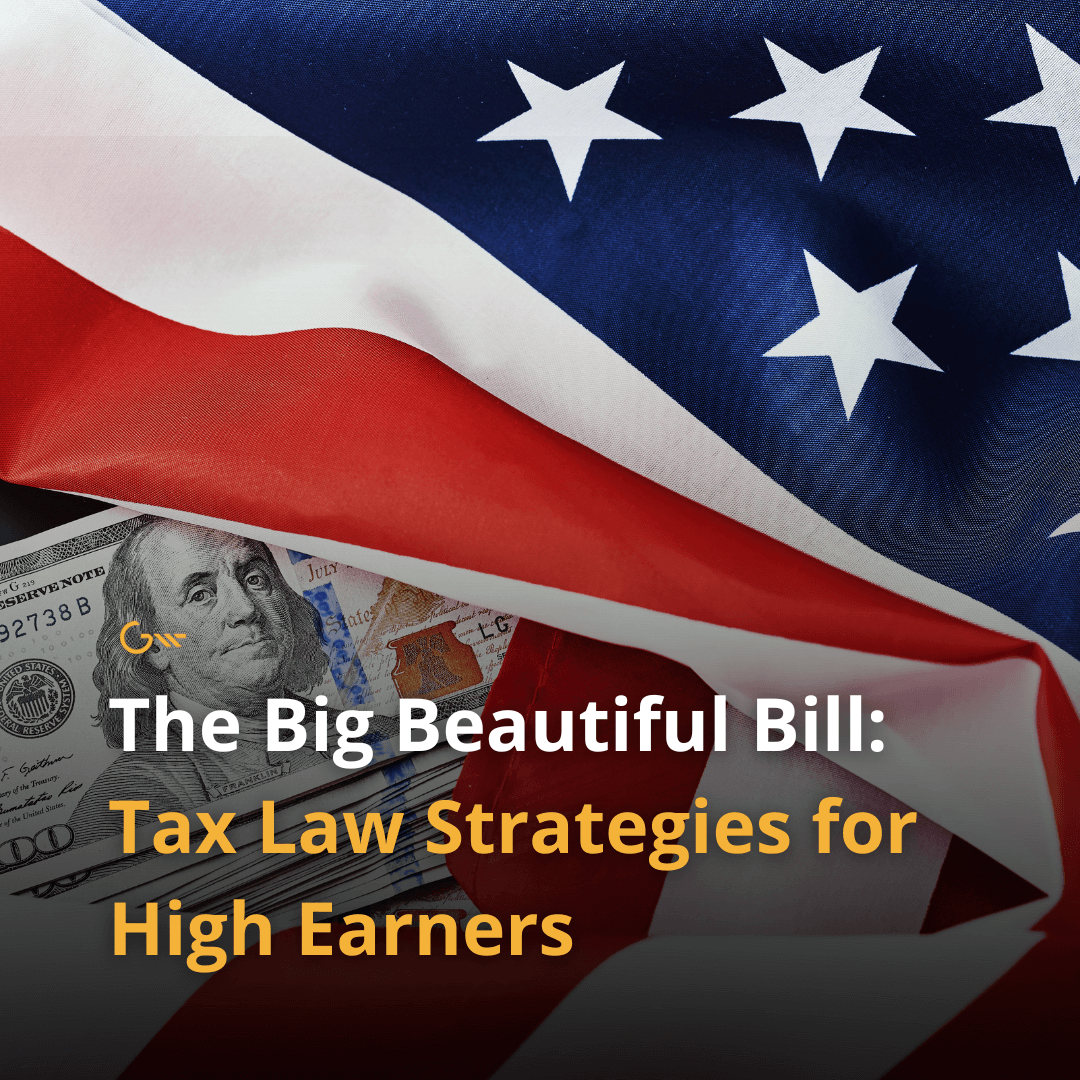A Quiet Shift with Big Implications
When most people hear “529 plan,” they immediately think “college savings.” And for good reason. These state-sponsored plans have long been the go-to solution for parents and grandparents who want to fund a child’s education while reaping tax benefits.
But a quiet revolution is underway.
Thanks to a series of legislative updates over the past several years—including the Tax Cuts and Jobs Act, both SECURE Acts, and most recently, the One Big Beautiful Bill—529 plans have become more attractive, more flexible, and more expansive than ever. These updates have broadened the definition of “qualified education expenses,” added rollover opportunities to Roth IRAs, and removed financial aid penalties for grandparent-owned accounts. In short: this once narrowly focused tool has evolved into one of the most powerful, tax-efficient investment vehicles available.
The Game-Changer: One Big Beautiful Bill
The One Big Beautiful Bill took things a step further—doubling down on flexibility and long-term planning power. Starting in 2026:
- The annual K–12 withdrawal limit increases to $20,000 per beneficiary, up from $10,000.
- Qualified expenses now include curricular materials, books, tutoring, dual-enrollment fees, standardized test costs, and even certain homeschooling expenses.
- Non-college paths are embraced—vocational training, licensing programs, and professional certifications now qualify, further aligning 529s with the evolving definition of education.
This expansion significantly increases the relevance of 529 plans for families focused on long-term legacy planning. These aren’t just college accounts—they’re a tool to prepare the next generation for any path.
A Multigenerational Strategy in the Making
Imagine this: instead of waiting to pass wealth to future generations through trusts or posthumous bequests, you begin gifting into a 529 plan today. Not just for one child—but for each grandchild or even great-grandchild. Over decades, these accounts provide tax-free growth potential, and can be repositioned for education, vocational training, or even retirement.
And because the account owner can change the beneficiary as needed, the legacy can be sustained for generations.
Final Thoughts
At Gatewood Wealth Solutions, we believe in building Wealth with Purpose. That often means taking a fresh look at overlooked tools—and right now, 529 plans are a hidden gem for legacy-minded families.
Let’s stop thinking of the 529 as a college-only account. It’s time to recognize it for what it really is: one of the most tax-efficient, flexible, and powerful long-term planning vehicles we have.
Important Disclosures:
The opinions voiced in this material are for general information only and are not intended to provide specific advice or recommendations for any individual.
Investing involves risk including loss of principal. No strategy assures success or protects against loss.
Prior to investing in a 529 Plan investors should consider whether the investor’s or designated beneficiary’s home state offers any state tax or other state benefits such as financial aid, scholarship funds, and protection from creditors that are only available for investments in such state’s qualified tuition program. Withdrawals used for qualified expenses are federally tax free. Tax treatment at the state level may vary. Please consult with your tax advisor before investing.





